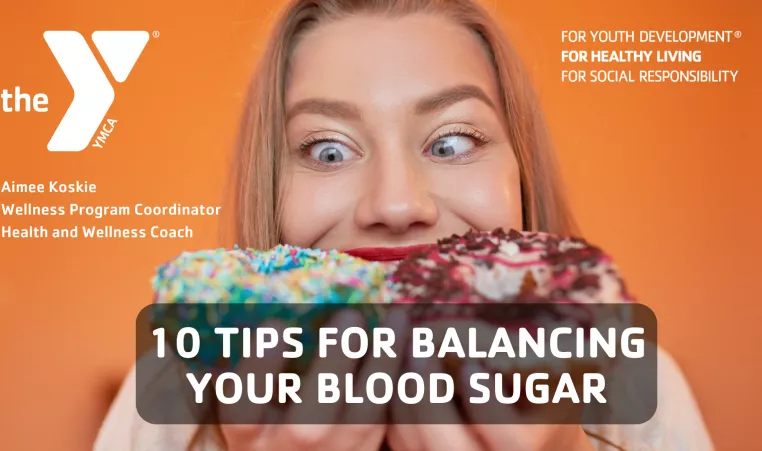
Holiday season, or whatever time of year it is, our bodies continue to thrive when we treat ourselves with care. Those lifestyle habits are felt by the body on a cellular level, from what you choose to put in your mouth to how you think about movement and cravings. Perhaps you feel like this woman googley-eyed over donuts or that pumpkin pie? Then this is the right topic for you!
We all want to prevent disease; dis-ease and discomfort are signs that the body needs some realignment. Diabetes is a chronic (long-lasting) disease that affects how your body turns food into energy. More than 122 million Americans are living with diabetes (37.3 million) or prediabetes (96 million). About 50% of Shasta County residents have prediabetes.
Your body breaks down most of the food you eat into sugar (glucose) and releases it into your bloodstream. When your blood sugar goes up, it signals your pancreas to release insulin. Insulin acts like a key to let the blood sugar into your body’s cells for use as energy.
With diabetes, your body does not make enough insulin or cannot use it as well as it should. When there is not enough insulin or cells stop responding to insulin, too much blood sugar stays in your bloodstream. Over time, that can cause serious health problems, such as heart disease, vision loss, and kidney disease.
In the US, diabetes is the seventh leading cause of death. Type 2 diabetes can be prevented or delayed with healthy lifestyle changes. Great job taking the first step to finding out more about how you can prevent type 2 diabetes!
Be smart about your carbs
Perhaps when you were young, you remember being able to eat X many slices of pizza, not needing to watch how many times a week you ate out, or how many burgers or fries you had. And now those days are catching up to you where weight is being added each year.
The quality and quantity of carbohydrates (carbs) are important. Foods that will not serve you or your body well are foods and drinks high in added sugars or refined carbs, such as soda, candy, dessert, white bread, regular pasta, and most breakfast cereals. If it comes in a box, you will need to read those labels. Healthy whole grains and non-starchy vegetables are great choices for many who are trying to be smart about carbs. Non-starchy vegetables, like broccoli and mushrooms, whole fruit, oatmeal, and whole grain bread and pasta are healthier swaps. Fiber helps balance out the body’s blood sugar.
Plan ahead for cravings
Some find it helpful to track their meals and eating patterns. There are some great apps out there to help us do this. Also, there are those triggers - things that we know that when they happen we will need to go for the stash of cookies, or whatever it is for you. Planning ahead for those triggers and having better solutions on hand is key.
Just Drink Water
Our bodies cannot tell the difference between hunger and thirst if we are dehydrated. Most Americans do not drink enough water. Each body is different but one way to calculate your body’s need is to divide your weight in pounds by 2 and that is how many ounces you need. For example, if you weigh 200 pounds, that’s 100 ounces you need in a day. That’s over 12 cups per day.
More tips
- Portion distortion – know healthy portion sizes and stick to them
- Eat your veggies (fiber and nutrients!)
- Move more - exercise regularly
- Make a realistic weight loss goal - watch your waistline
- Quit smoking
- Supplements and Vitamins: Vitamin D
- Minimize processed foods